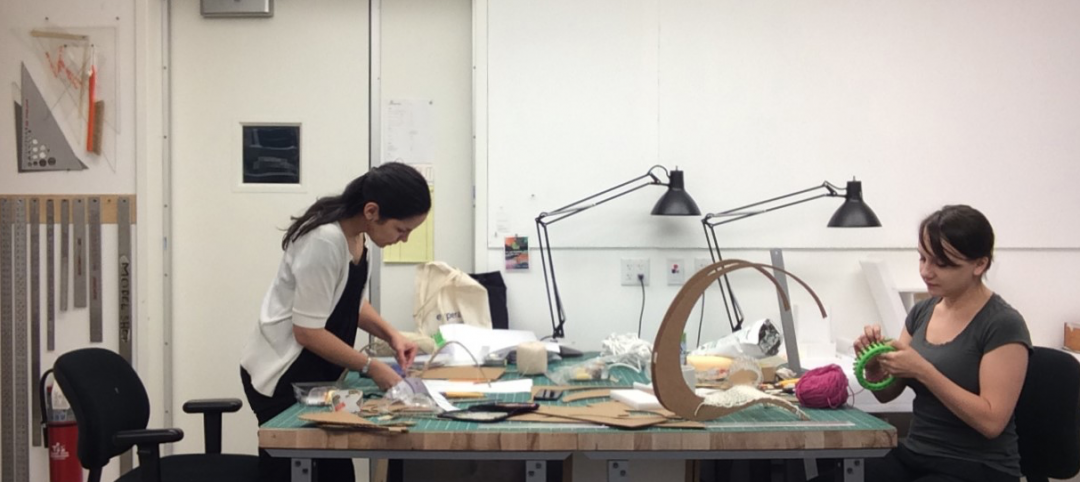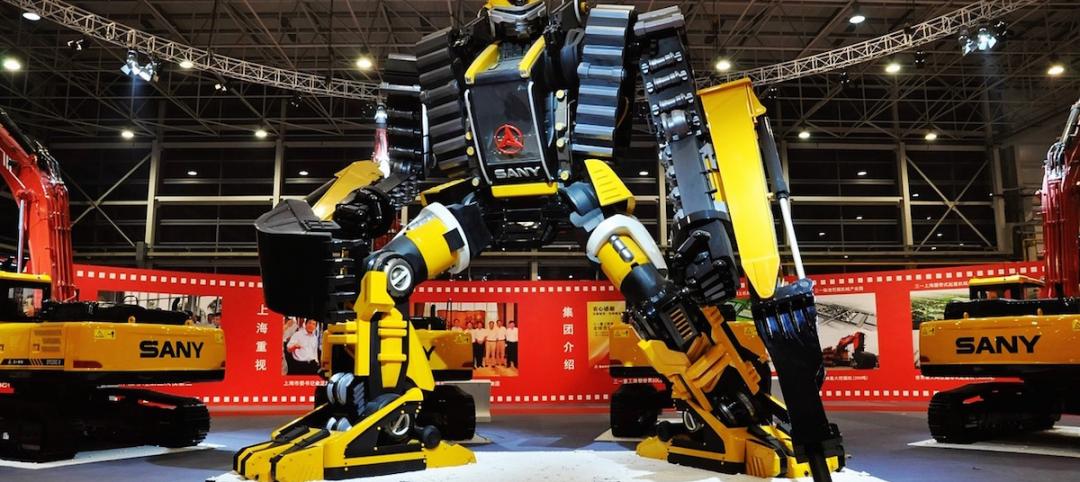It’s been more than 20 years since IBM’s Deep Blue won its first match against world chess champion Garry Kasparov, marking the first time an artificial intelligence machine defeated a reigning champion. Deep Blue eventually lost the match 2-4, but evened the score in a May 1997 rematch.
Fourteen years later, AI made its television debut in grand style, when IBM’s Watson took down a pair of former “Jeopardy!” winners in a televised match. In milliseconds, the machine culled the most probable answer to each question from more than 200 million pages of content, including the complete Wikipedia catalog. (Watson was not connected to the Internet during the match.)
Now, Google’s AI system, AlphaGo, is making cognitive computing history. Earlier this month, the system outdueled Go Grandmaster Lee Sedol in a five-game match (4-1). Go is an East Asian “chess on steroids” strategy game that uses a larger board and many more pieces than chess, creating a scenario with more possible board positions (10170 positions) than atoms in the known universe (1080).
The buzz surrounding AlphaGo’s decisive victory has less to do with the win, and more with how the machine outsmarted Sedol. Given the staggering complexity of the game, with a near-infinite number of possible moves, the machine could not rely on memorizing every possible move to decide its next play.
The buzz surrounding AlphaGo’s decisive victory has less to do with the win, and more with how the machine outsmarted Sedol. Given the staggering complexity of the game, with a near-infinite number of possible moves, the machine could not rely on memorizing every possible move to decide its next play. Instead, it had to take a more human approach to the game, using hours of observation and practice—AlphaGo analyzed millions of professional games and played itself millions of times—to gain a sense of what feels like the best move, wrote tech blogger Scott Santens (http://bit.ly/1Rkx9OW). More to the point, the machine had to think.
In its debrief following the match (http://bit.ly/25mcund), Google engineers pointed out two game-changing aspects of AlphaGo’s performance. First, the machine demonstrated the “ability to look ‘globally’ across a board—and find solutions that humans either have been trained not to play or would not consider.” It made moves that, according to Google, had a one in 10,000 chance of being played by a human. The way they see it, AlphaGo-like technology, when applied in almost any industry, has the potential to find solutions that humans don’t necessarily see.
Second is the human achievement behind the machine’s performance. “Lee Sedol and the AlphaGo team both pushed each other toward new ideas, opportunities, and solutions—and in the long run that’s something we all stand to benefit from,” Google wrote.
Besides revolutionary changes to the world’s workforce (as we wrote about in the February issue, http://bit.ly/1Qq1OvD), AI could have a profound impact on the built environment and the AEC industry. For example, the Urban Land Institute last year addressed the potential impact of autonomous vehicles on cities (parking garages, street configurations, etc.). And we know of multiple AEC firms that are doubling down on computational design, predictive analytics, and other advanced technologies to vastly improve building designs and streamline the design and construction processes.
Only time will tell what’s in store for us. Or perhaps we should ask Watson.
More from Author
David Barista | Aug 15, 2019
3 ‘Giant’ AEC market trends for 2019-2020
We’re starting to see a shift toward custom research, thanks in part to the influx of data, data tools, and analytics expertise in the AEC market.
David Barista | Jul 31, 2019
Amenities war no more? Research report explores multifamily market
Multifamily developers show no signs of pulling back on specialty spaces and unique offerings in an effort to attract high-quality tenants, according to new research from Multifamily Design+Construction.
David Barista | Dec 30, 2016
An open letter to the AEC C-suite
Women AEC professionals need you to take action.
David Barista | Sep 6, 2016
Innovation intervention: How AEC firms are driving growth through R&D programs
AEC firms are taking a page from the tech industry, by infusing a deep commitment to innovation and disruption into their cultural DNA.
David Barista | Jun 27, 2016
If ‘only the paranoid survive,’ what does it take to thrive?
“Sooner or later, something fundamental in your business world will change.” The late Andrew Grove (1936-2016), Co-founder of tech giant Intel Corp., lived by these words.
David Barista | May 31, 2016
As commercial buildings get ‘smarter,’ concerns rise over cybercrime
As buildings become increasingly connected, opportunistic hackers have countless avenues into a building’s network.
David Barista | May 9, 2016
Is the nation’s grand tech boom really an innovation funk?
Despite popular belief, the country is not in a great age of technological and digital innovation, at least when compared to the last great innovation era (1870-1970).
David Barista | Feb 24, 2016
Is the booming freelance economy a threat to AEC firms?
By shifting the work (and revenue) to freelancers, “platform capitalism” startups have taken considerable market share from traditional businesses.
David Barista | Jan 26, 2016
How the Fourth Industrial Revolution will alter the globe’s workforce
The next great technological metamorphosis will be unlike anything humankind has experienced before, due to the sheer size, speed, and scope of disruption.
David Barista | Jan 5, 2016
Potential vs. credential: How men and women differ in career progress
Recent research suggests that women face yet another career impediment: the confidence gap.
















